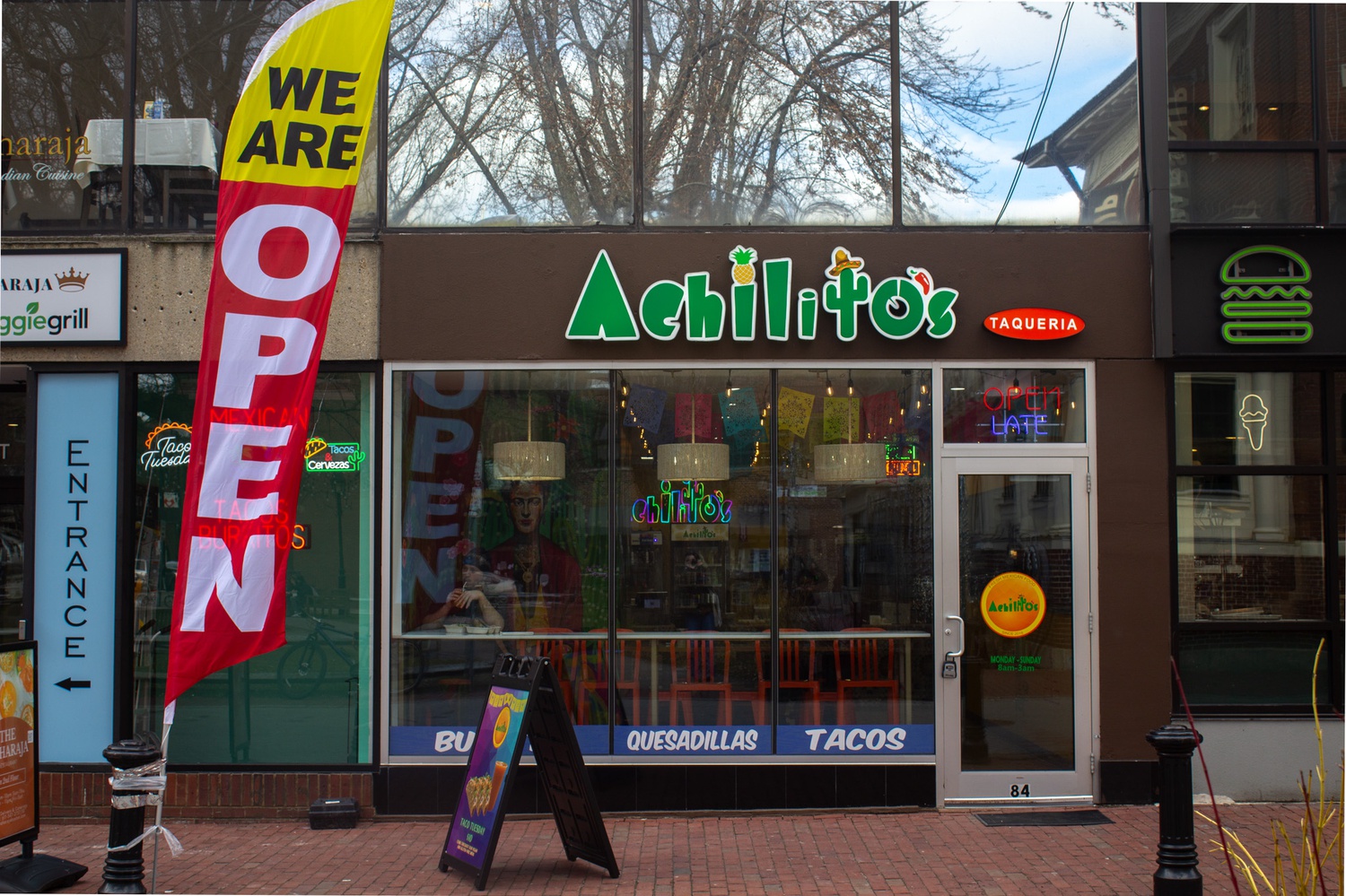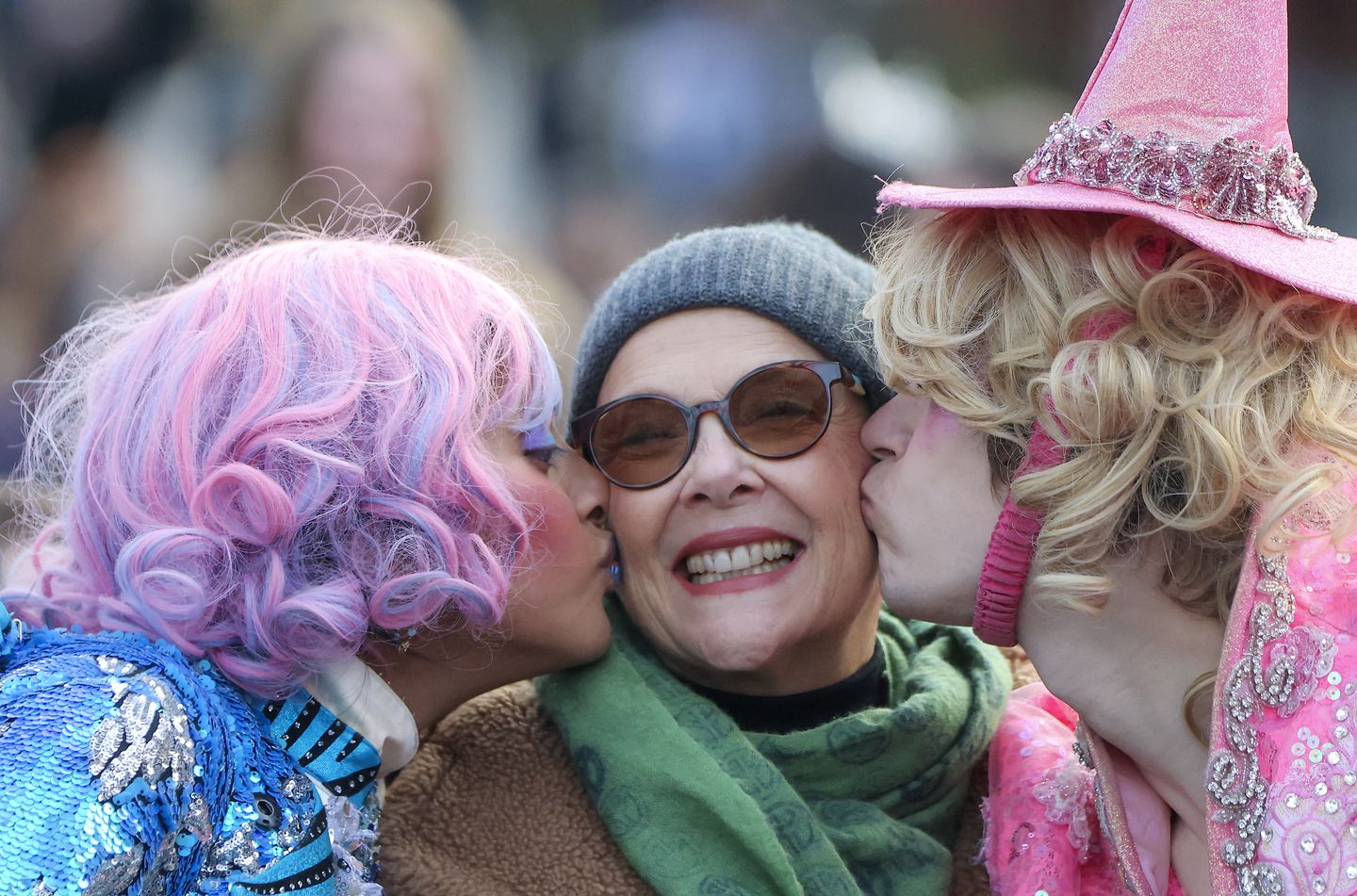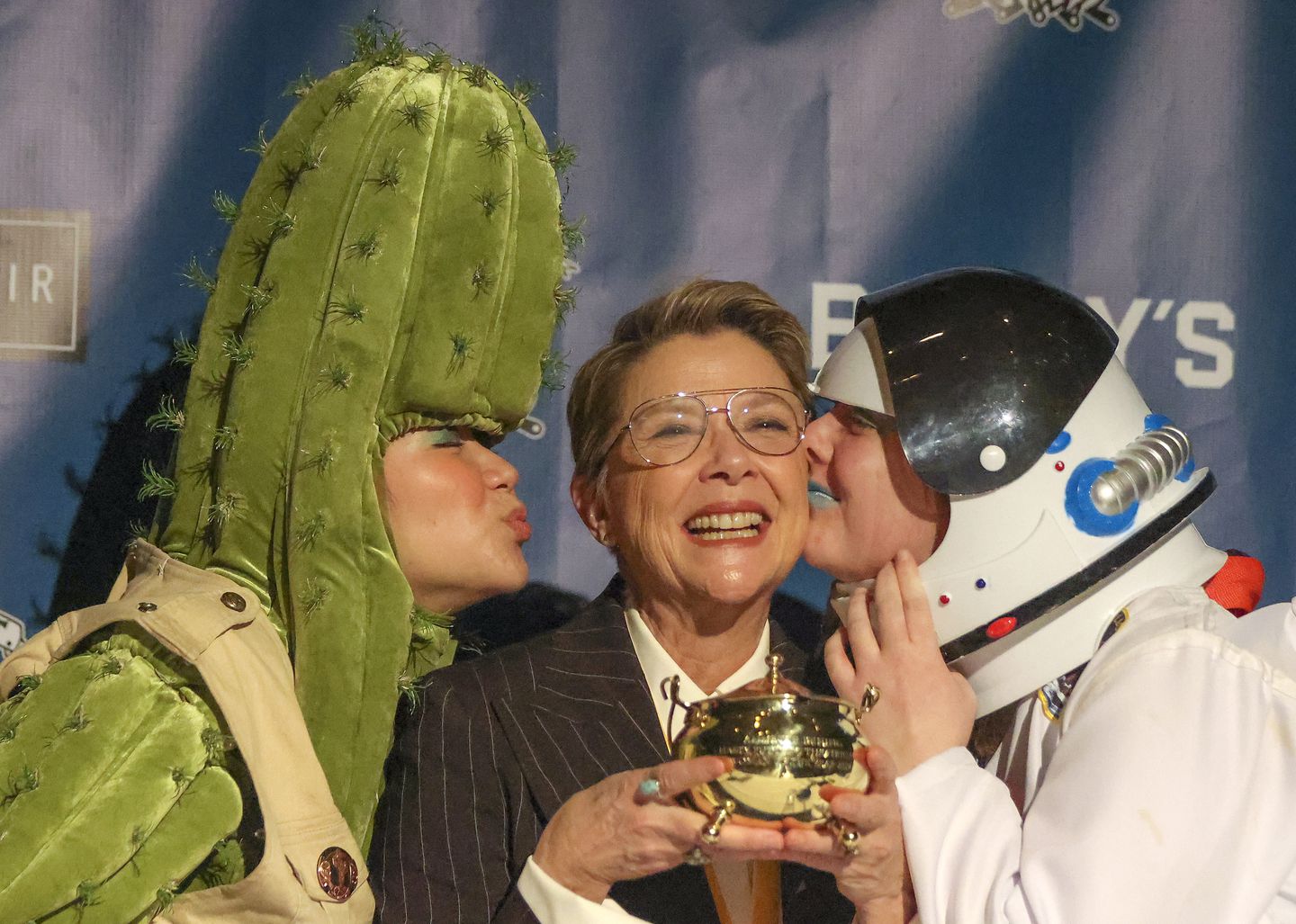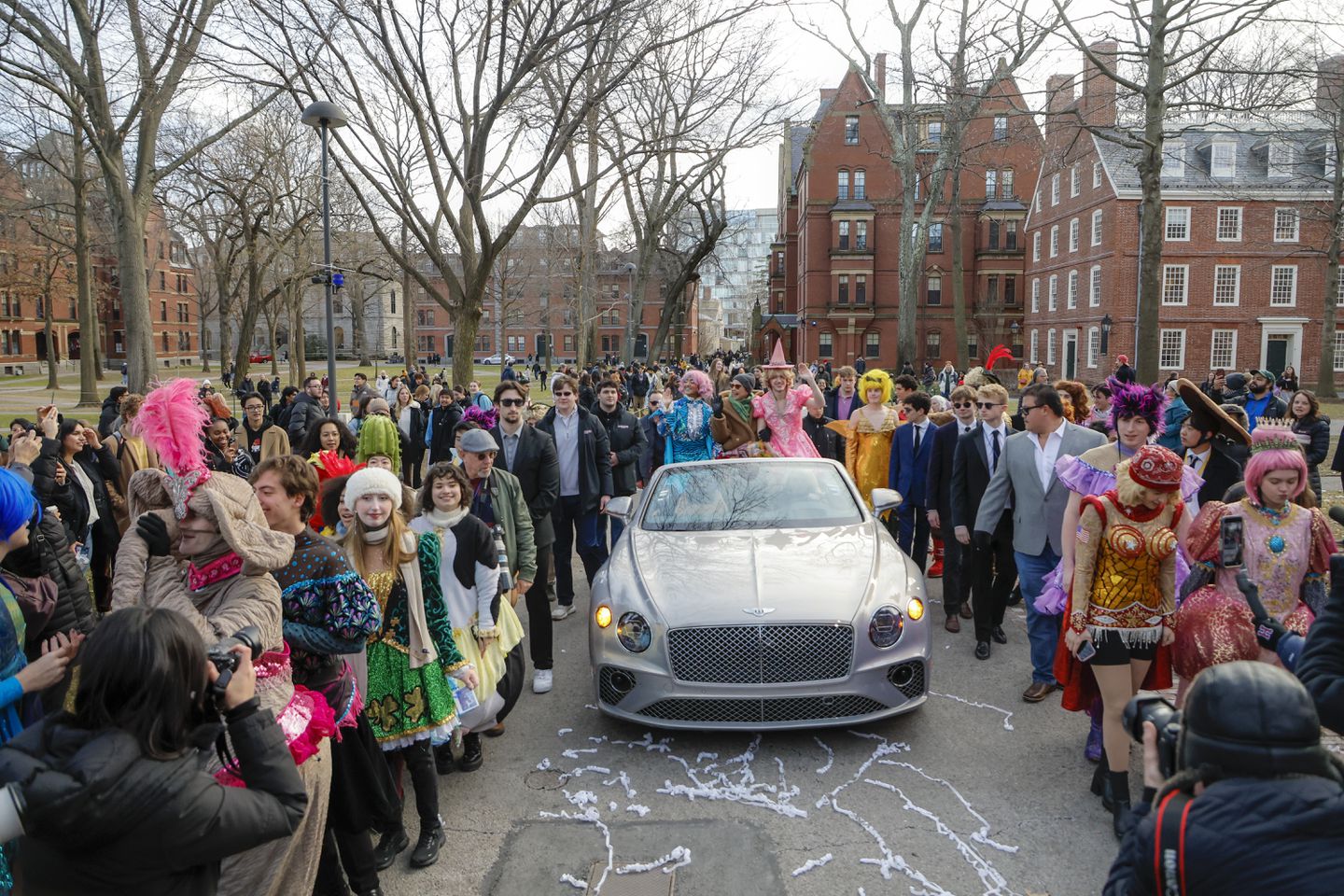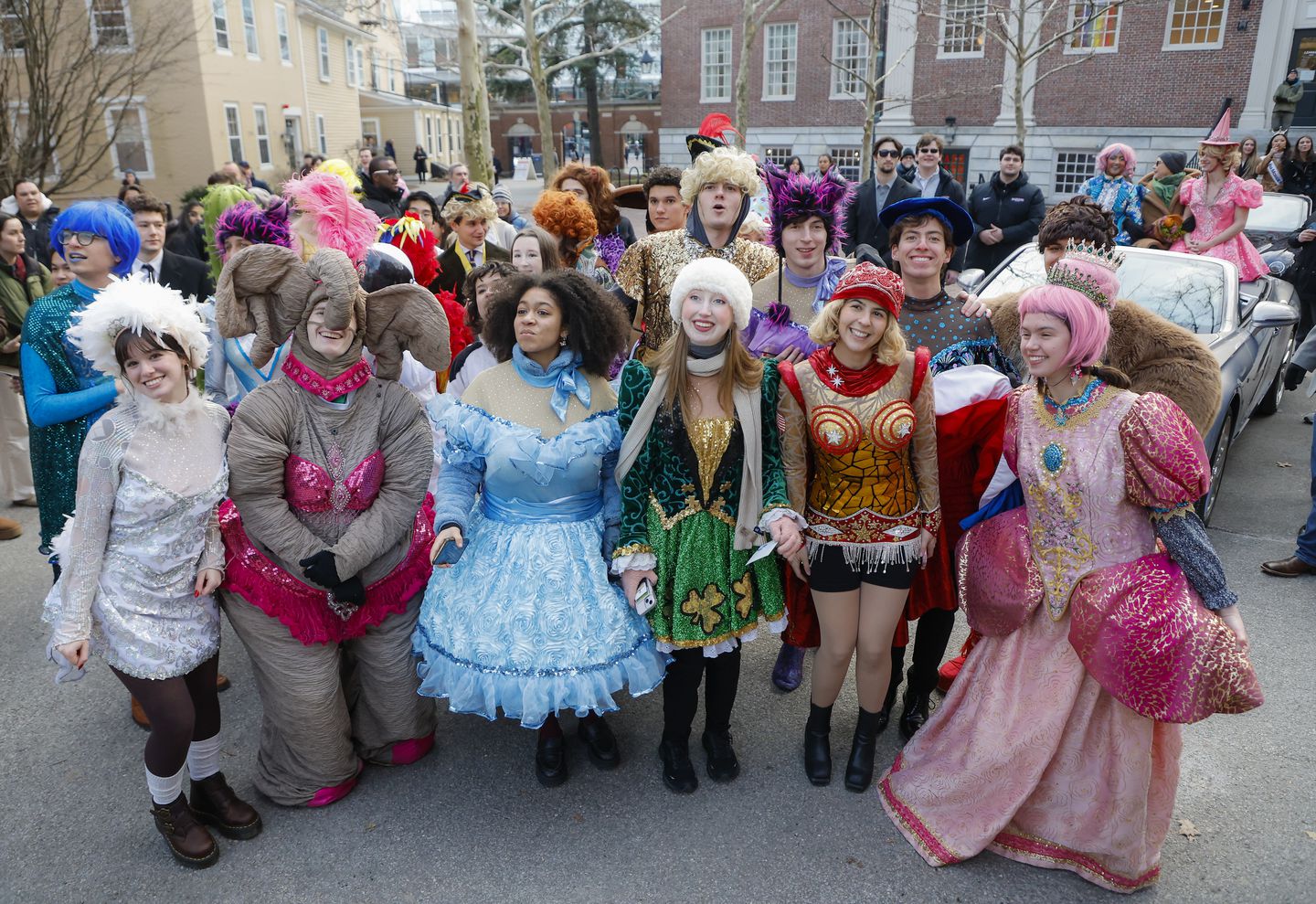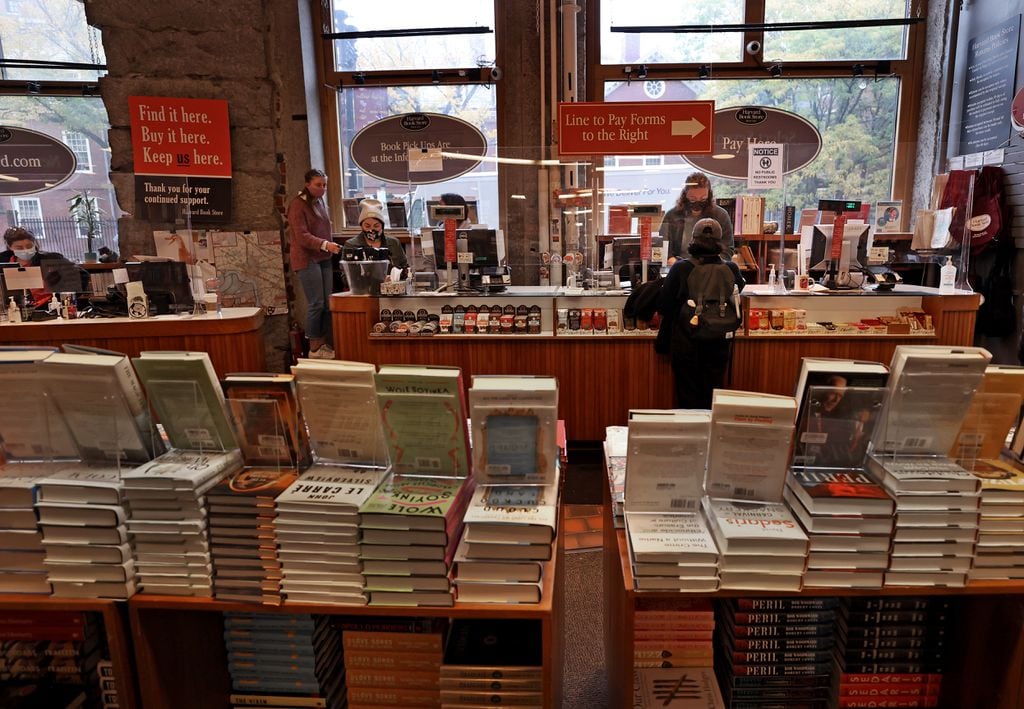The Harvard Square venue will reopen its larger performance space, hosting Boston Opera Collaborative’s production of Carmen beginning April 4.
Arrow Street Arts is set to begin regular programming in its newly renovated performance spaces beginning April 1, 2024. The Harvard Square venue will reopen its larger performance space, the flexible Black Box Theater, hosting Boston Opera Collaborative’s production of Carmen with performances beginning April 4. That production will be followed by other opera, music, theater, and dance performances throughout the spring and early summer.
Arrow Street Arts’ 1,100 square foot street-front Studio space opened in January 2024, and is already hosting dance classes, workshops, meetings, rehearsals, and performances, including many supported by grants through the Arrow Street Arts Fund at the Cambridge Community Foundation.
Due to an installation delay with the venue’s bespoke telescopic seating system, ASA’s launch festival, originally planned for March 2024, has been moved to September 2024.
The fall launch festival, produced for Arrow Street Arts by Cambridge-based Liars and Believers (Georgia Lyman, executive producer and Jason Slavick, artistic director), will offer a wide variety of performances, events, and gatherings celebrating the vibrant diversity of the local performing arts community. The festival will take place September 7-14, 2024, marking the grand opening of ASA’s Harvard Square venue. All artists who responded to the open call for the original March dates are being considered by the selection panel for the rescheduled festival. Details on the performer lineup will be announced later this spring.
Throughout the first six months of this year, five performing arts companies will activate the Arrow Street Arts spaces with support awarded through the Arrow Street Arts Fund at the Cambridge Community Foundation (CCF), established by the two organizations to increase equitable access to the performance spaces for artists and arts organizations who wish to present their work at ASA’s venues. These inaugural CCF/Arrow Street Arts Fund grant recipients (listed below) will use ASA’s space for projects of their own design, including theatrical performances, teaching residencies for choreographers, multidisciplinary dance showcases, and open dance studios. For more information on future CCF grants, visit: https://cambridgecf.org/grantmaking/arrow-street-arts-fund/
Inaugural Arrow Street Arts Fund awards were made by CCF to these organizations:
Boston Opera Collaborative (BOC) is committed to reducing barriers for opera artists and audiences. Their programming centers around providing professional performing opportunities for emerging artists in the Boston area and bringing intimate and unique operatic experiences to the Boston area. At Arrow Street Arts, BOC will present Georges Bizet‘s and Peter Brook‘s La Tragédie de Carmen (Carmen), April 4-7, 2024.
Janelle Gilchrist Dance Troupe is a women-led and Black-owned Ballet company that works within the Cambridge community. Funding from their Arrow Street Arts grant will be used to showcase two works in ASA’s Black Box Theater: Journeys 2018 and Danzas y Canciones. Rehearsals and performances take place in the Black Box Theater July 19-21, 2024.
Through the Nourish project, Jessica Roseman Dance works with Black mothers from Cambridge in partnership with Cambridge Center For Families to provide a healing, creative community together. This work has inspired Jessica’s new choreographed work, also called Nourish. Funding will be used to hold periodic open rehearsals and showcase Jessica’s solo dance as it develops. Rehearsals will continue for six months, culminating in two performances in the Studio scheduled for June 21-22, 2024, and a series of lunchtime community showings on February 28, April 24, and May 29.
CCF funding will support Jo-Mé Dance’s upcoming show, Guilty Until Proven Innocent (The Sean Ellis Story) in ASA’s Black Box Theater in June 2024 (exact dates TBA). This contemporary dance work, choreographed by Joe González and featuring majority BIPOC Boston- and Cambridge-based contemporary dancers, will be based on the story of Sean Ellis, a 19-year-old Black man wrongfully imprisoned in Boston for 22 years.
Midday Movement Series will use funding to offer a process-focused platform supporting early-career and mid-career contemporary dance-makers to deepen their works-in-progress through a three-pronged approach. Six artists/companies will participate in month-long teaching residencies with a final informal showing of work-in-progress. All six works-in-progress will be presented for two performances in ASA’s Black Box Theater on Saturday, July 13, 2024. All program components are free to the artists (except classes, where artists earn 60% fees) and free or low-cost for audiences.
 Arrow Street Arts is set to begin regular programming in its newly renovated performance spaces beginning April 1, 2024. The Harvard Square venue will reopen its larger performance space, the flexible Black Box Theater, hosting Boston Opera Collaborative’s production of Carmen with performances beginning April 4. That production will be followed by other opera, music, theater, and dance performances throughout the spring and early summer.
Arrow Street Arts is set to begin regular programming in its newly renovated performance spaces beginning April 1, 2024. The Harvard Square venue will reopen its larger performance space, the flexible Black Box Theater, hosting Boston Opera Collaborative’s production of Carmen with performances beginning April 4. That production will be followed by other opera, music, theater, and dance performances throughout the spring and early summer.
Arrow Street Arts’ 1,100 square foot street-front Studio space opened in January 2024, and is already hosting dance classes, workshops, meetings, rehearsals, and performances, including many supported by grants through the Arrow Street Arts Fund at the Cambridge Community Foundation.
Due to an installation delay with the venue’s bespoke telescopic seating system, ASA’s launch festival, originally planned for March 2024, has been moved to September 2024.
The fall launch festival, produced for Arrow Street Arts by Cambridge-based Liars and Believers (Georgia Lyman, executive producer and Jason Slavick, artistic director), will offer a wide variety of performances, events, and gatherings celebrating the vibrant diversity of the local performing arts community. The festival will take place September 7-14, 2024, marking the grand opening of ASA’s Harvard Square venue. All artists who responded to the open call for the original March dates are being considered by the selection panel for the rescheduled festival. Details on the performer lineup will be announced later this spring.
Five Organizations to Offer Performances as Inaugural CCF/ASA Fund Grant Recipients
Throughout the first six months of this year, five performing arts companies will activate the Arrow Street Arts spaces with support awarded through the Arrow Street Arts Fund at the Cambridge Community Foundation (CCF), established by the two organizations to increase equitable access to the performance spaces for artists and arts organizations who wish to present their work at ASA’s venues. These inaugural CCF/Arrow Street Arts Fund grant recipients (listed below) will use ASA’s space for projects of their own design, including theatrical performances, teaching residencies for choreographers, multidisciplinary dance showcases, and open dance studios. For more information on future CCF grants, visit: https://cambridgecf.org/grantmaking/arrow-street-arts-fund/
Inaugural Arrow Street Arts Fund awards were made by CCF to these organizations:
Boston Opera Collaborative (BOC) is committed to reducing barriers for opera artists and audiences. Their programming centers around providing professional performing opportunities for emerging artists in the Boston area and bringing intimate and unique operatic experiences to the Boston area. At Arrow Street Arts, BOC will present Georges Bizet‘s and Peter Brook‘s La Tragédie de Carmen (Carmen), April 4-7, 2024.
Janelle Gilchrist Dance Troupe is a women-led and Black-owned Ballet company that works within the Cambridge community. Funding from their Arrow Street Arts grant will be used to showcase two works in ASA’s Black Box Theater: Journeys 2018 and Danzas y Canciones. Rehearsals and performances take place in the Black Box Theater July 19-21, 2024.
Through the Nourish project, Jessica Roseman Dance works with Black mothers from Cambridge in partnership with Cambridge Center For Families to provide a healing, creative community together. This work has inspired Jessica’s new choreographed work, also called Nourish. Funding will be used to hold periodic open rehearsals and showcase Jessica’s solo dance as it develops. Rehearsals will continue for six months, culminating in two performances in the Studio scheduled for June 21-22, 2024, and a series of lunchtime community showings on February 28, April 24, and May 29.
CCF funding will support Jo-Mé Dance’s upcoming show, Guilty Until Proven Innocent (The Sean Ellis Story) in ASA’s Black Box Theater in June 2024 (exact dates TBA). This contemporary dance work, choreographed by Joe González and featuring majority BIPOC Boston- and Cambridge-based contemporary dancers, will be based on the story of Sean Ellis, a 19-year-old Black man wrongfully imprisoned in Boston for 22 years.
Midday Movement Series will use funding to offer a process-focused platform supporting early-career and mid-career contemporary dance-makers to deepen their works-in-progress through a three-pronged approach. Six artists/companies will participate in month-long teaching residencies with a final informal showing of work-in-progress. All six works-in-progress will be presented for two performances in ASA’s Black Box Theater on Saturday, July 13, 2024. All program components are free to the artists (except classes, where artists earn 60% fees) and free or low-cost for audiences.
The Arrow Street Arts Fund at the Cambridge Community Foundation is accepting additional applications through February 15, 2024, and a second round of grants will be awarded in March. For more information, visit: https://cambridgecf.org/grantmaking/arrow-street-arts-fund/
Performances This Spring/Summer by Cambridge-Based Arts Organizations
With the first production in ASA’s Studio opening February 16, 2024, Cambridge-based Moonbox Productions, the resident theater company at Arrow Street Arts, will present The Manic Monologues. The Manic Monologues brings to life incredible true stories that will challenge and inform your ideas about what it means to be touched by a mental health condition. The Manic Monologues runs through February 25.
Longy School of Music of Bard College, also located in Harvard Square, will present its spring opera production, Rachel Portman‘s and Nicholas Wright‘s The Little Prince, in the Black Box Theater April 12-13, 2024. The production features students in Longy’s Vocal Studies and Orchestra FLEX programs.
Following its February production of The Manic Monologues, Moonbox Productions will return to the Black Box Theater with The Mermaid Hour, a play by David Valdes April 26-May 19, 2024. For Pilar and Bird, parenting a trans tween is all about guessing how to get it right when they’re not even sure what that means—and it doesn’t help that they’re not on the same page. Vi just wishes they would keep up: she’s busy navigating her first crush on super-cool Jacob, obsessing over her favorite YouTube vlogger, and just about ready to make herself an internet sensation. Fast-paced, funny, and heartfelt, The Mermaid Hour finds all three confronting the gaps between who they are and who they wish to be.
For more information and to book tickets for any event at Arrow Street Arts, visit arrowstarts.org.
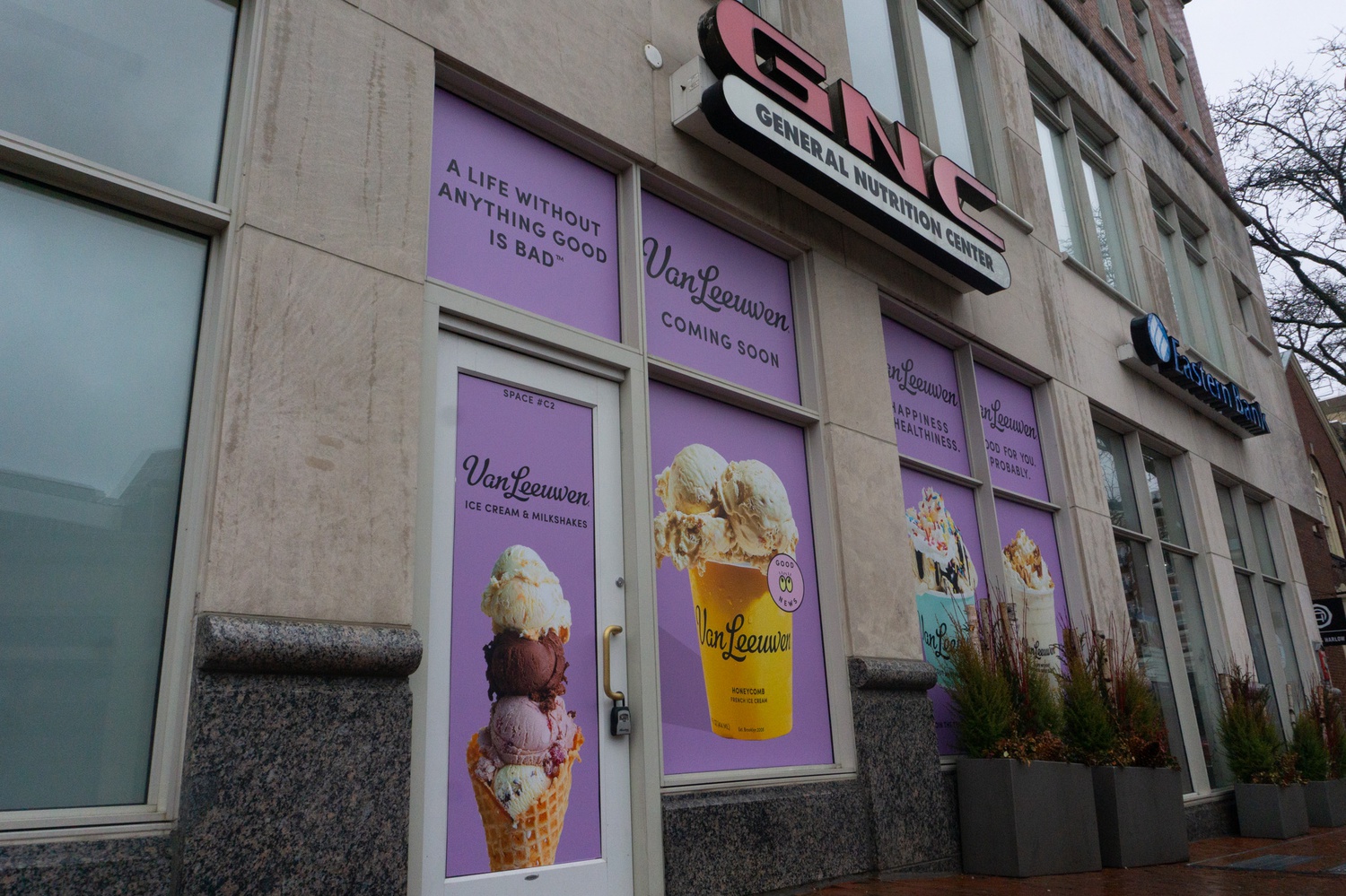

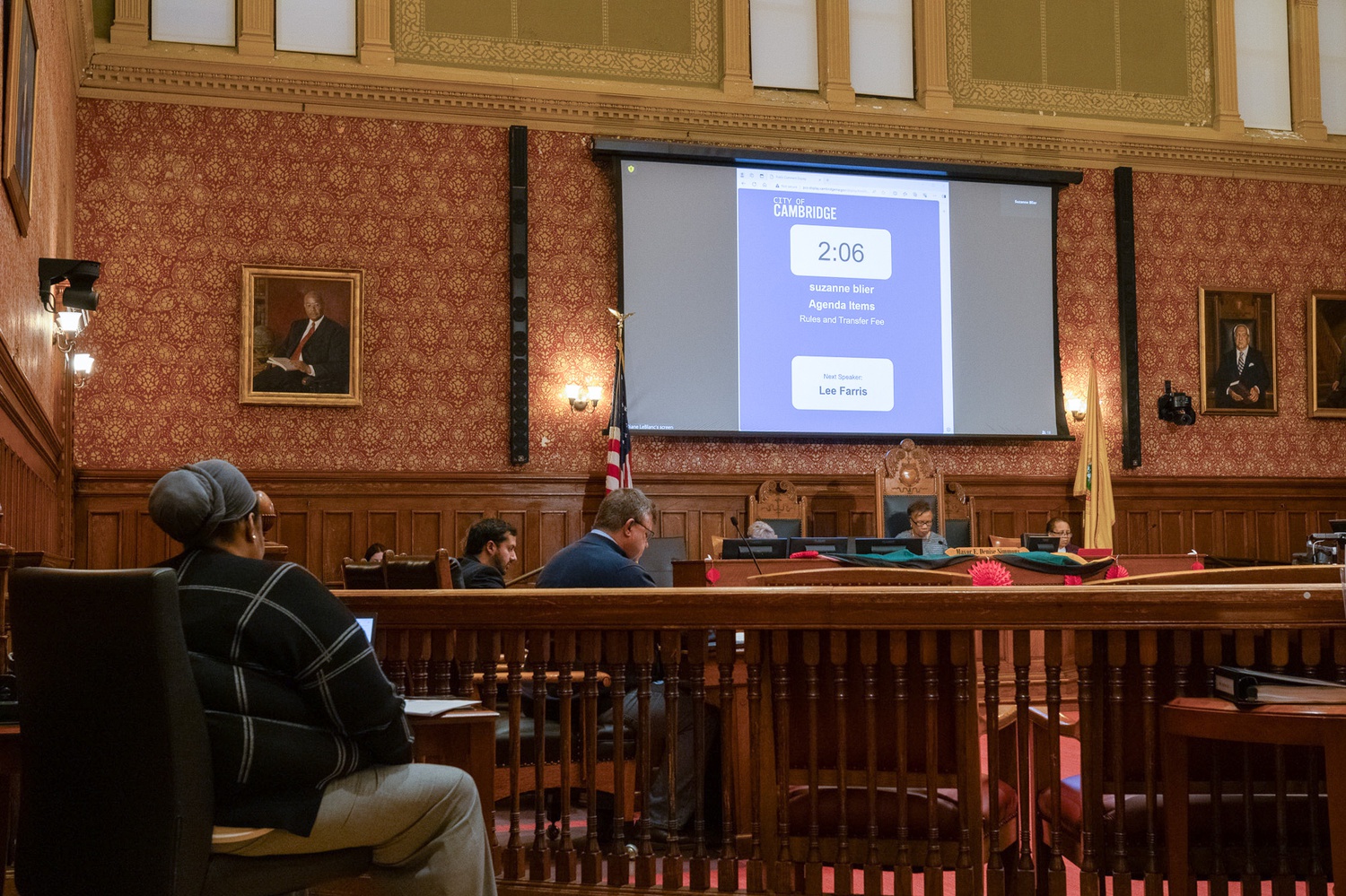
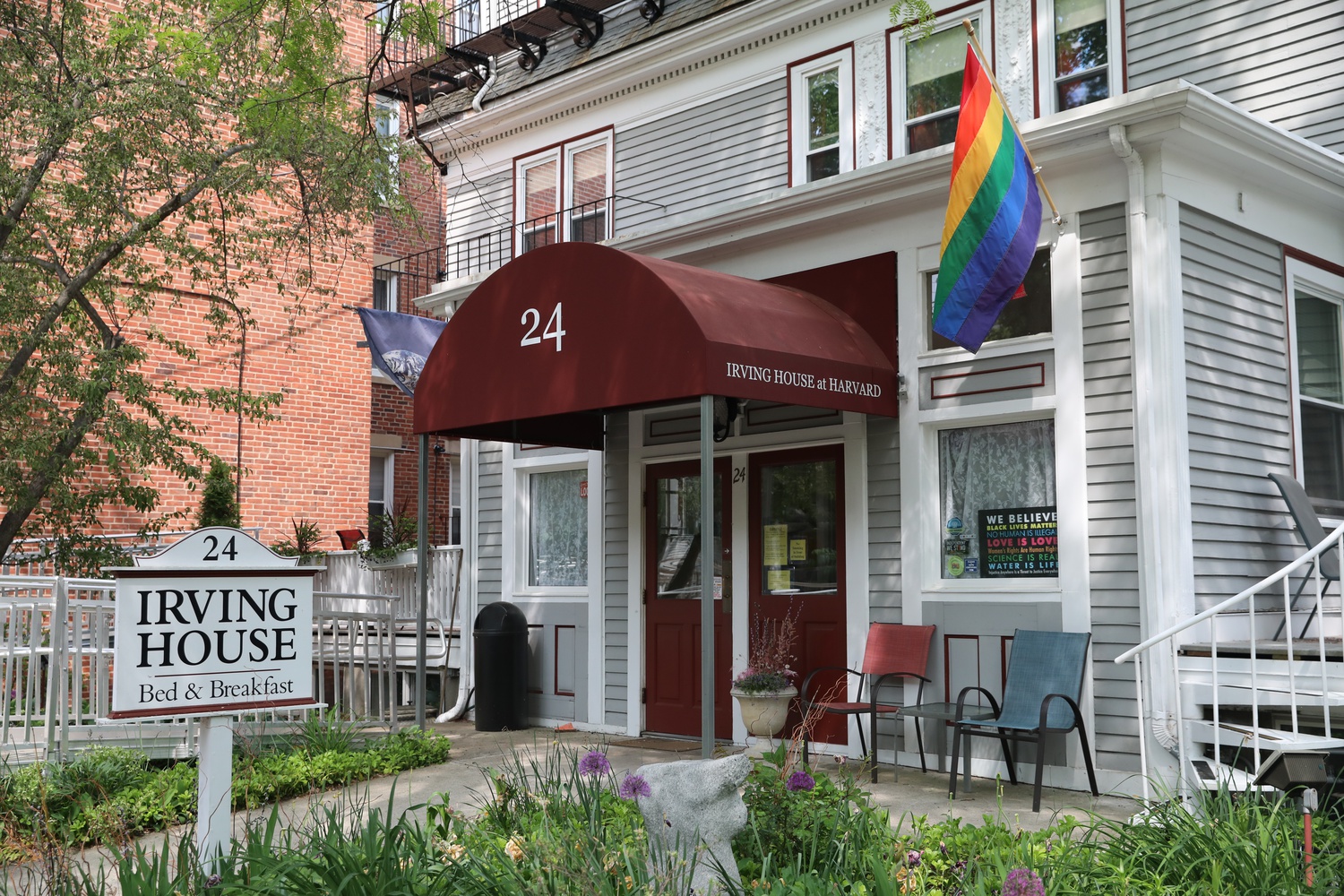

 Arrow Street Arts is set to begin regular programming in its newly renovated performance spaces beginning April 1, 2024. The Harvard Square venue will reopen its larger performance space, the flexible Black Box Theater, hosting Boston Opera Collaborative’s production of Carmen with performances beginning April 4. That production will be followed by other opera, music, theater, and dance performances throughout the spring and early summer.
Arrow Street Arts is set to begin regular programming in its newly renovated performance spaces beginning April 1, 2024. The Harvard Square venue will reopen its larger performance space, the flexible Black Box Theater, hosting Boston Opera Collaborative’s production of Carmen with performances beginning April 4. That production will be followed by other opera, music, theater, and dance performances throughout the spring and early summer.